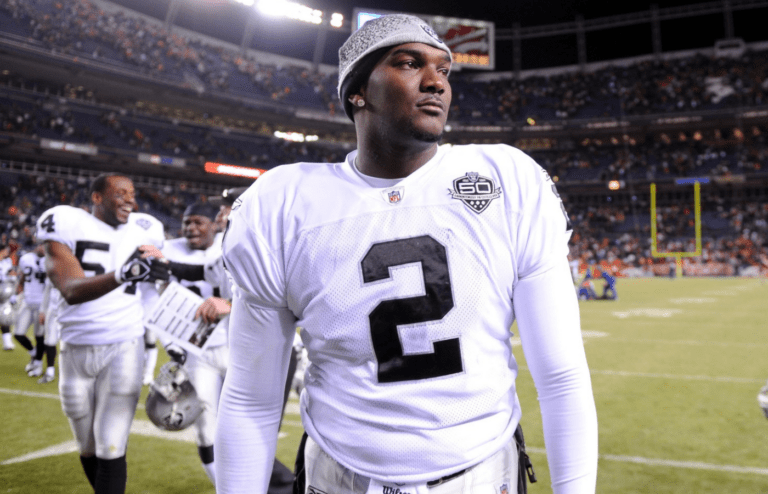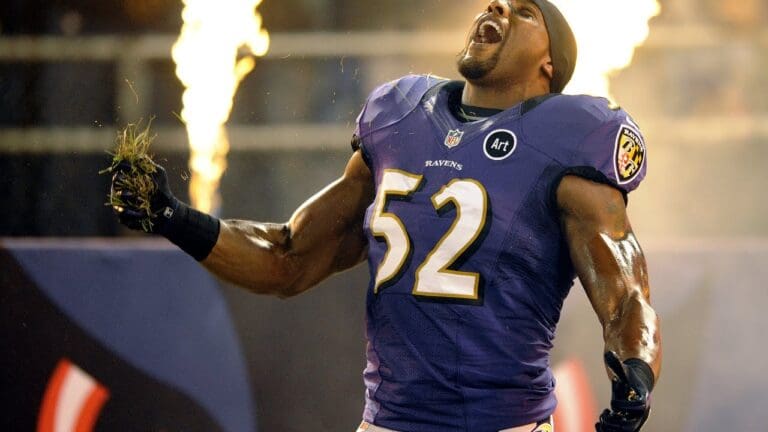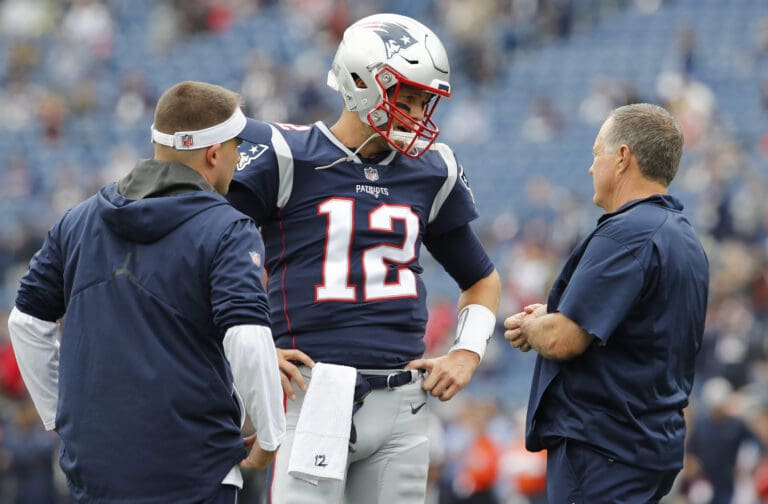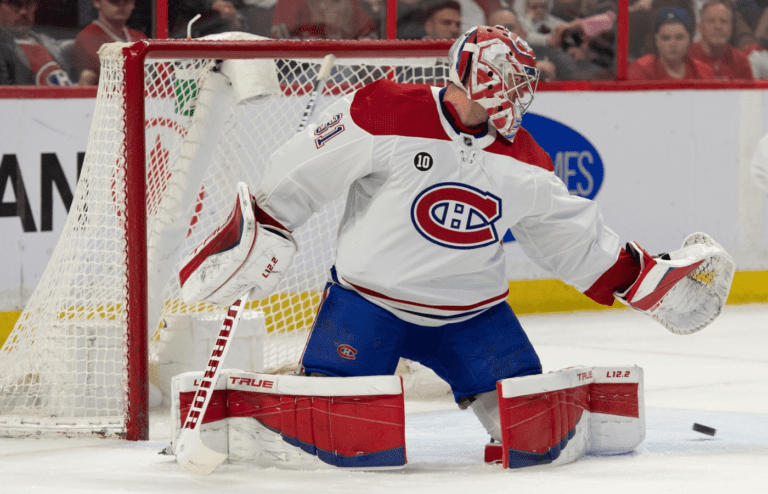In today’s digital age, social media has revolutionized the world of sports, transcending traditional boundaries and altering the dynamics for athletes, fans, and entire sporting communities.
While this transformation brings numerous advantages, it also presents a new set of challenges and concerns. This article delves into the multifaceted impact of social media on sports, highlighting the various ways it has reshaped the landscape for better or worse.
20. The Commercialization of Every Aspect of Athletes’ Lives
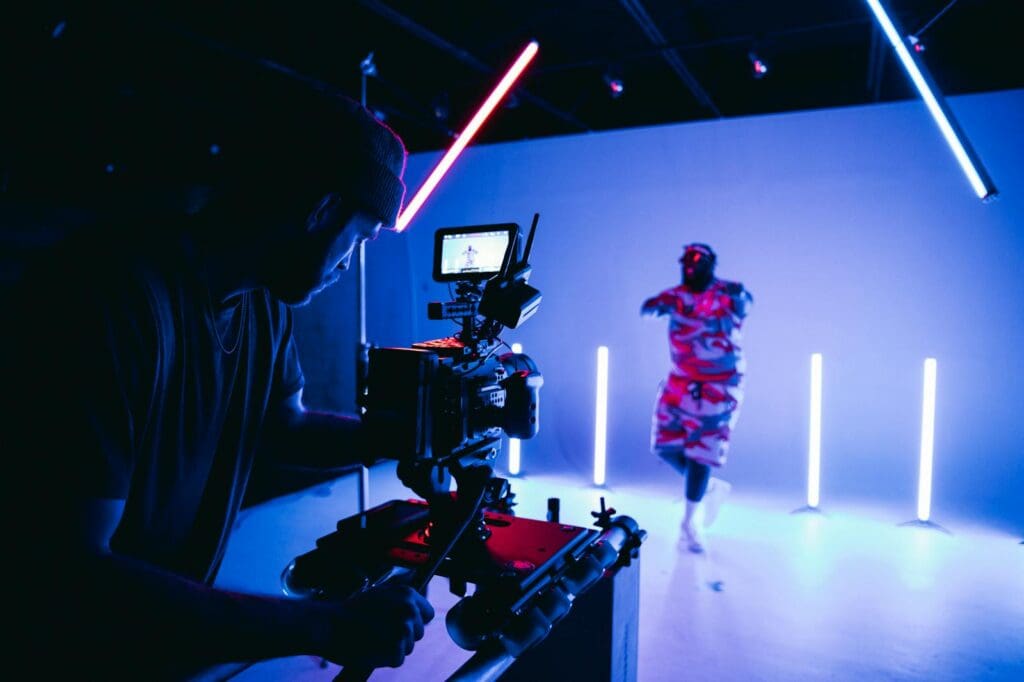
Social media has turned athletes’ personal lives into commodities. Every workout, meal, and family moment becomes content for sponsorships and brand deals. This constant pressure to monetize their existence can lead to burnout and a loss of authenticity, ultimately diminishing the pure love of sport.
19. Diminished Focus on Local Sports Communities

Social media’s global reach has shifted attention away from local sports scenes. As fans engage with international stars and leagues online, community-based teams and events often struggle for visibility and support. This trend threatens the grassroots development of sports and weakens the bonds between local communities and their hometown teams.
18. The Spread of Unsportsmanlike Conduct Through Social Platforms

Social media has amplified unsportsmanlike behavior in sports, allowing negative incidents to go viral instantly. Athletes’ controversial posts or on-field antics spread rapidly, often overshadowing their athletic achievements. This constant exposure to poor sportsmanship can normalize such behavior, potentially influencing young athletes and fans to emulate it.
17. Overemphasis on Statistics and Analytics

Social media’s data-driven nature has led to an obsession with sports analytics, potentially overshadowing the human element of the game. Fans and teams alike now fixate on complex statistics, sometimes at the expense of appreciating the intangible aspects of athleticism and teamwork that make sports truly captivating.
16. Erosion of Team Loyalty Due to Player-Centric Focus

Social media’s emphasis on individual athletes has shifted fan loyalty from teams to players. Fans now follow their favorite athletes across different teams, weakening traditional team allegiances. This player-centric focus has led to increased player transfers and reduced long-term commitment to clubs, ultimately diluting the sense of team identity and community.
15. The Pressure to Create Viral Content Over Quality Play

Athletes now face pressure to create viral social media moments, sometimes at the expense of focusing on their sport. This shift has led to attention-grabbing stunts and choreographed celebrations designed for online sharing, potentially distracting from athletic performance and sportsmanship. The constant need for shareable content can overshadow the pursuit of excellence in play.
14. Loss of Traditional Sports Journalism

Social media has led to the decline of traditional sports journalism. Major outlets like The New York Times and Los Angeles Times have dissolved sports desks or reduced coverage. The shift towards digital content and athlete-produced media has diminished the role of professional sports reporters, potentially impacting the quality and depth of sports coverage.
13. Unrealistic Expectations Set by Curated Social Media Personas

Athletes’ carefully curated social media personas create unrealistic expectations of success, leading to pressure and anxiety. The highlight reels and polished images on platforms like Instagram can distort reality, causing feelings of inadequacy and self-doubt among athletes who may not meet these unattainable standards.
12. The Amplification of Controversies and Scandals
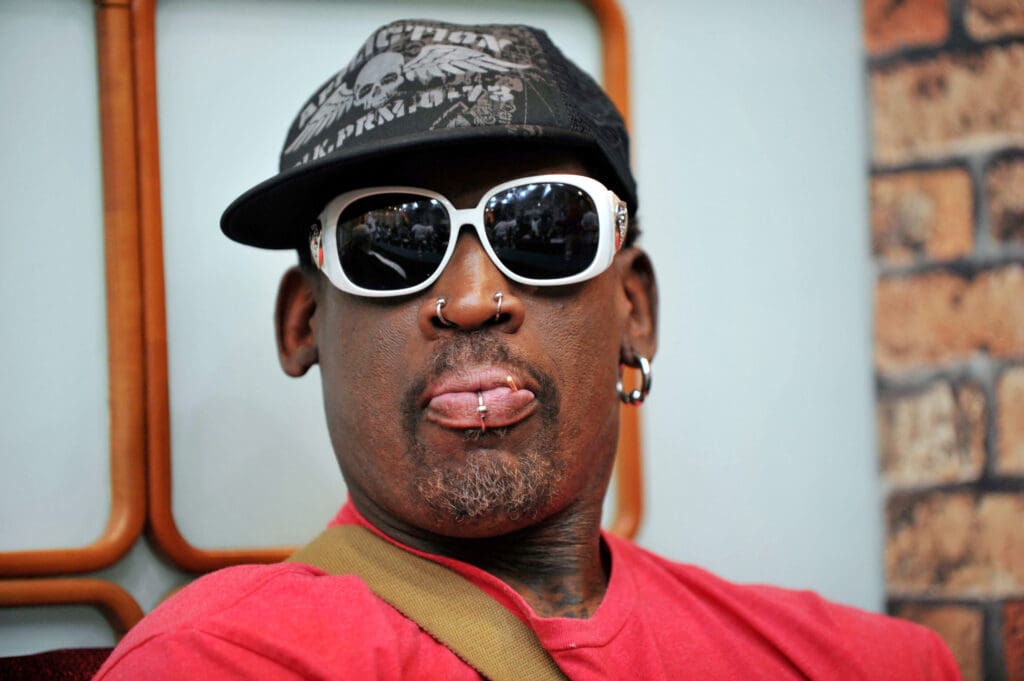
Social media rapidly spreads sports controversies, often blowing them out of proportion. Minor incidents can become major scandals within hours, damaging athletes’ reputations and team morale. The constant scrutiny and viral nature of social platforms create a pressure cooker environment, distracting from the game itself.
11. Increased Scrutiny on Athletes’ Personal Lives

Social media has amplified the public’s access to athletes’ private lives, subjecting them to constant scrutiny. Every post, photo, or comment can be dissected and criticized, affecting mental health and performance. This invasive spotlight has led some athletes to limit their online presence or seek professional help to manage the pressure.
10. The Death of the Surprise Factor in Sports

Social media has eliminated the element of surprise in sports. Real-time updates and leaks often spoil game outcomes, trades, and signings before official announcements. Fans now know about injuries, lineup changes, and even play-by-play action instantly, diminishing the thrill of unexpected twists during live broadcasts or in-person attendance.
9. Premature Leaks of Trades and Signings
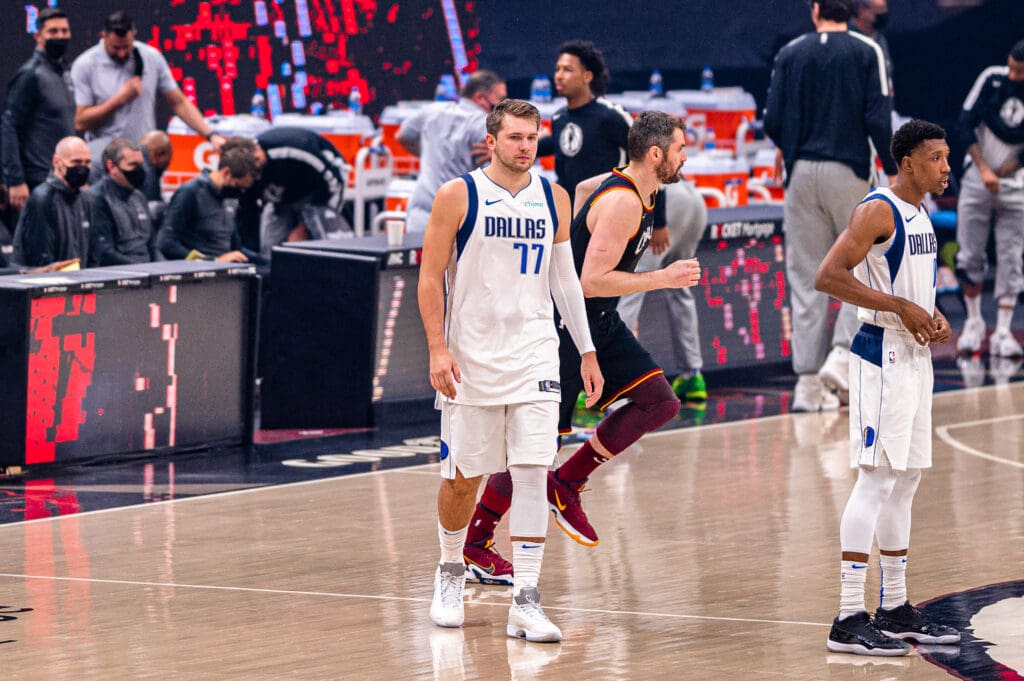
Social media has become a breeding ground for premature leaks of trades and signings, often spoiling official announcements. Insiders and fans alike rush to break news, sometimes with inaccurate information, creating confusion and false expectations. This trend undermines the excitement of official reveals and can potentially disrupt negotiations in progress.
8. Overexposure Leading to Fan Fatigue
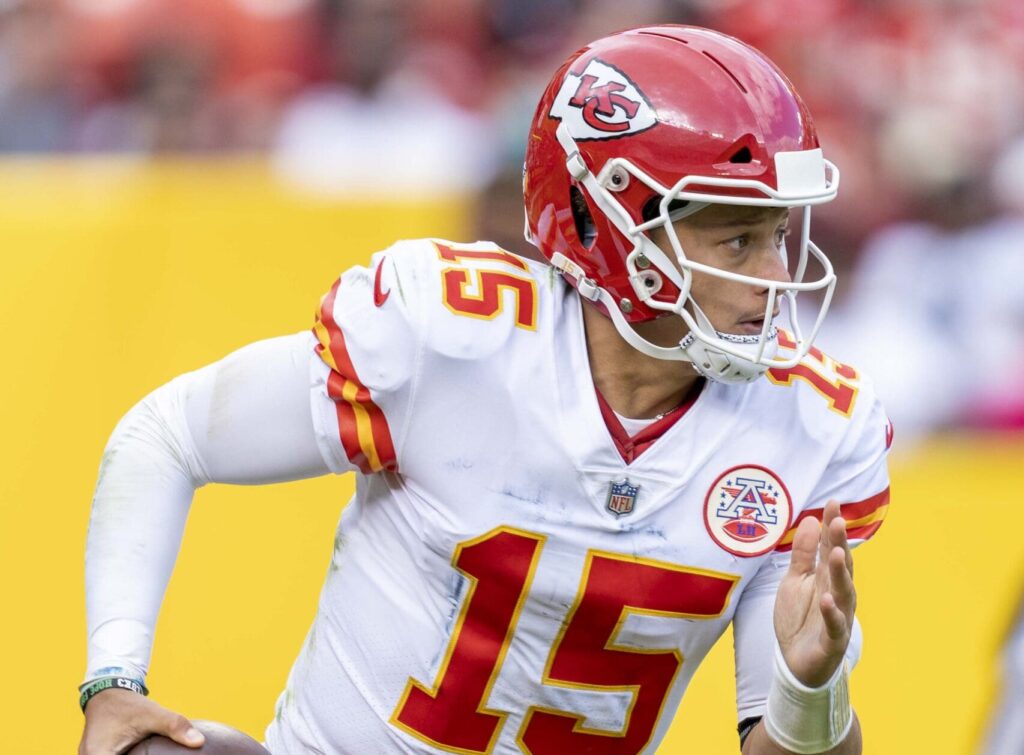
Constant social media updates and behind-the-scenes content have led to fan fatigue. Overexposure to athletes and teams can diminish excitement and interest. Even with historic achievements on the line, fans may feel exhausted by repetitive storylines and excessive coverage, as seen with the Kansas City Chiefs’ potential three-peat in Super Bowl LIX.
7. Distraction from Training and Performance

Social media use can significantly impact athletes’ focus and preparation. Studies show that pre-training social media scrolling decreases technical performance and endurance in soccer players, while swimmers fail to make endurance improvements. Even 30 minutes of social media use before training can increase perceived mental fatigue and impair decision-making in volleyball players.
6. The Rise of Toxic Fan Behavior

Social media has amplified toxic fan behavior in sports, leading to increased harassment of athletes both online and in-person. A 2022 WHO report noted a 25% global increase in anxiety and depression, contributing to more aggressive fan conduct. Athletes now face violent outbursts, obscenities, and even physical threats to their families during games.
5. Cyberbullying and Online Harassment of Sports Figures

Social media has become a breeding ground for cyberbullying and online harassment of athletes. A recent study by World Athletics revealed alarming levels of abuse, including sexist, racist, and homophobic posts targeting athletes. Female athletes were disproportionately affected, receiving 87% of the recorded abuse. This toxic environment can severely impact athletes’ mental health and performance.
4. Erosion of Privacy for Athletes and Coaches

Social media has blurred the line between athletes’ public and private lives. Coaches now monitor players’ accounts, raising ethical concerns about free speech and personal boundaries. Athletes face scrutiny for every post, potentially damaging their reputation and career prospects. This constant surveillance creates stress and limits personal expression for sports professionals.
Read More: The Origins of NFL Swagger: From Spikes to High-Steps
3. Spread of Misinformation and Fake News in Sports

Social media platforms have become breeding grounds for sports-related misinformation. Fake news, doctored images, and imposter accounts spread rapidly, misleading fans and damaging reputations. Even athletes themselves contribute to the problem, with some sharing conspiracy theories or false information, further blurring the lines between fact and fiction in sports coverage.
Read More: How Social Media is Driving Anxiety Among Teens
2. The Pressure of Constant Personal Branding for Athletes
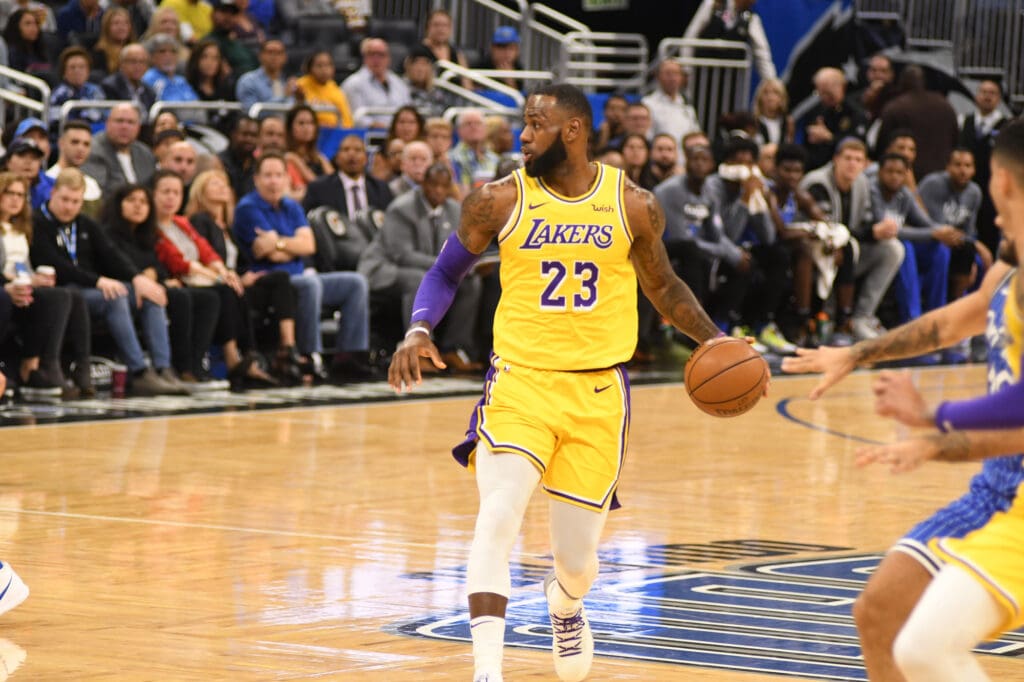
Social media has created an expectation for athletes to maintain a constant online presence, forcing them to become their own PR managers. This pressure to continuously curate and promote their personal brand can be mentally taxing and distracting from their athletic performance. The need to be “always on” leaves little room for privacy or downtime.
Read More: The Trailblazing Era: Muhammad Ali and Civil Rights Activism
1. Instant Reactions Overshadow Thoughtful Analysis

Social media’s rapid-fire nature encourages knee-jerk reactions to sports events, often at the expense of nuanced analysis. Fans and pundits rush to post hot takes, leading to premature judgments and overlooking the complexities of game strategies and player performances. This trend diminishes the value of in-depth, well-researched sports commentary.
Watch Now: Big plays. Fast takes. Check out TQR Shorts for the latest sports news with Zoe!


